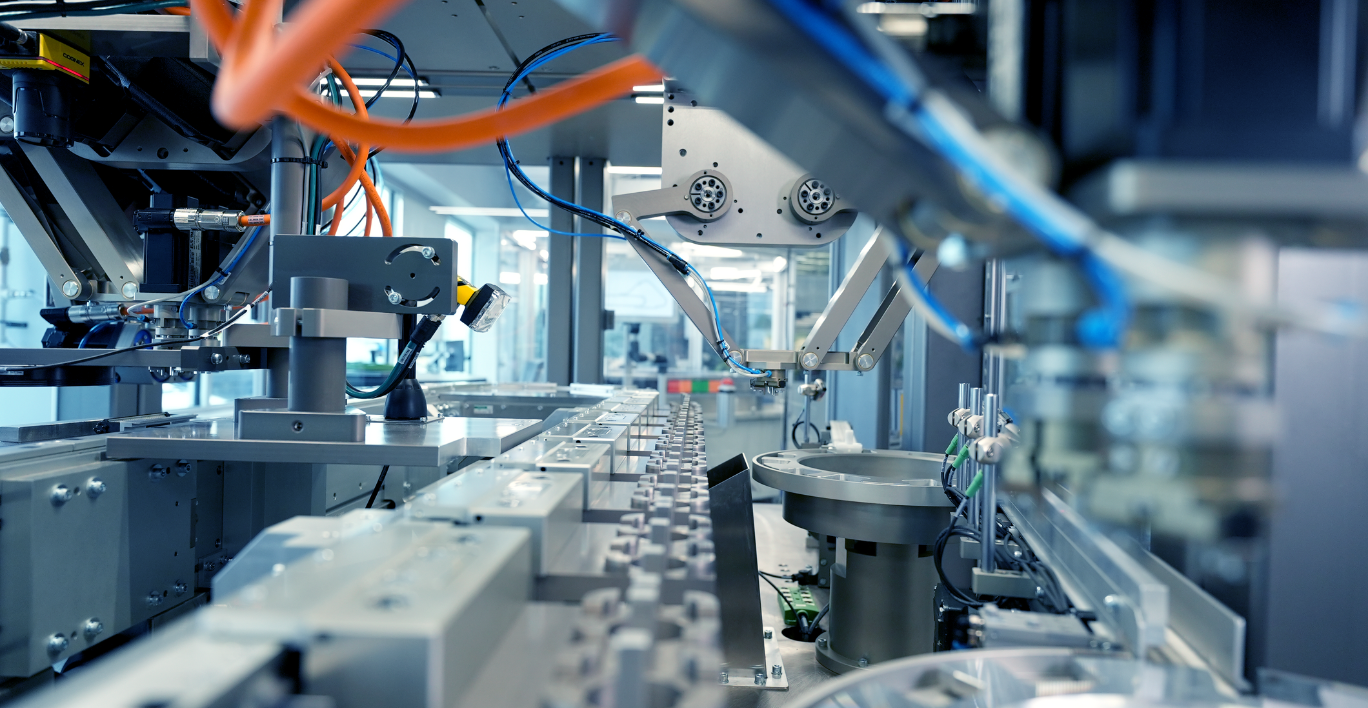In today’s rapidly evolving business landscape, efficiency and productivity are paramount. To stay competitive, businesses are increasingly turning to automated business equipment to streamline operations and enhance their bottom line.
Types of Automated Business Equipment
The range of automated business equipment available today is vast and constantly expanding. Some of the most common and impactful include:
- Office Automation:
- Multifunction Printers (MFPs): These versatile machines combine printing, copying, scanning, and faxing capabilities, often with advanced features like document management and network connectivity.
- Document Feeders: These devices automate the feeding of multiple documents into scanners or copiers, significantly increasing efficiency and reducing manual labor.
- Electronic Signature Pads: These devices allow for quick and secure electronic signatures, streamlining paperwork and reducing processing time.
- Inventory Management:
- Barcode Scanners: These devices quickly and accurately capture product information, streamlining inventory tracking, order fulfillment, and point-of-sale transactions.
- Warehouse Management Systems (WMS): These software-driven systems utilize automated equipment like conveyors, sorters, and robots to optimize warehouse operations, minimize errors, and improve overall efficiency.
- Customer Service:
- Interactive Voice Response (IVR) Systems: These automated phone systems guide callers through menus and direct them to the appropriate department or agent, improving customer service efficiency and reducing wait times.
- Chatbots: These AI-powered programs can engage with customers through text-based conversations, providing instant support and answering common queries.
Benefits of Implementing Automated Business Equipment
The benefits of implementing automated business equipment are numerous and significant:
- Increased Productivity: By automating repetitive tasks, businesses can significantly increase employee productivity and free up valuable time for more strategic activities.
- Reduced Costs: Automation can lead to significant cost savings by minimizing manual labor, reducing errors, and streamlining operations.
- Improved Accuracy: Automated systems often exhibit higher accuracy levels than manual processes, minimizing errors and ensuring data integrity.
- Enhanced Customer Service: Automated customer service solutions can improve customer satisfaction by providing faster response times and more efficient support.
- Competitive Advantage: By embracing automation, businesses can gain a competitive edge by improving efficiency, reducing costs, and enhancing customer service.
Challenges and Considerations
While the benefits of automated business equipment are substantial, businesses must also consider the following:
- Initial Investment: Implementing automated systems often requires a significant initial investment in equipment, software, and training.
- Maintenance and Support: Ongoing maintenance and support are crucial to ensure the smooth and reliable operation of automated equipment.
- Data Security: Businesses must implement robust security measures to protect sensitive data stored and processed by automated systems.
- Employee Training: Employees need to be properly trained on how to use and maintain automated equipment to ensure maximum efficiency and productivity.
The Future of Automated Business Equipment
The future of automated business equipment is bright, with ongoing advancements in artificial intelligence, machine learning, and robotics. We can expect to see even more sophisticated and integrated solutions that further revolutionize the way businesses operate.
By strategically implementing automated business equipment and leveraging the latest technologies, businesses can unlock new levels of efficiency, productivity, and competitiveness in the ever-evolving global marketplace.

